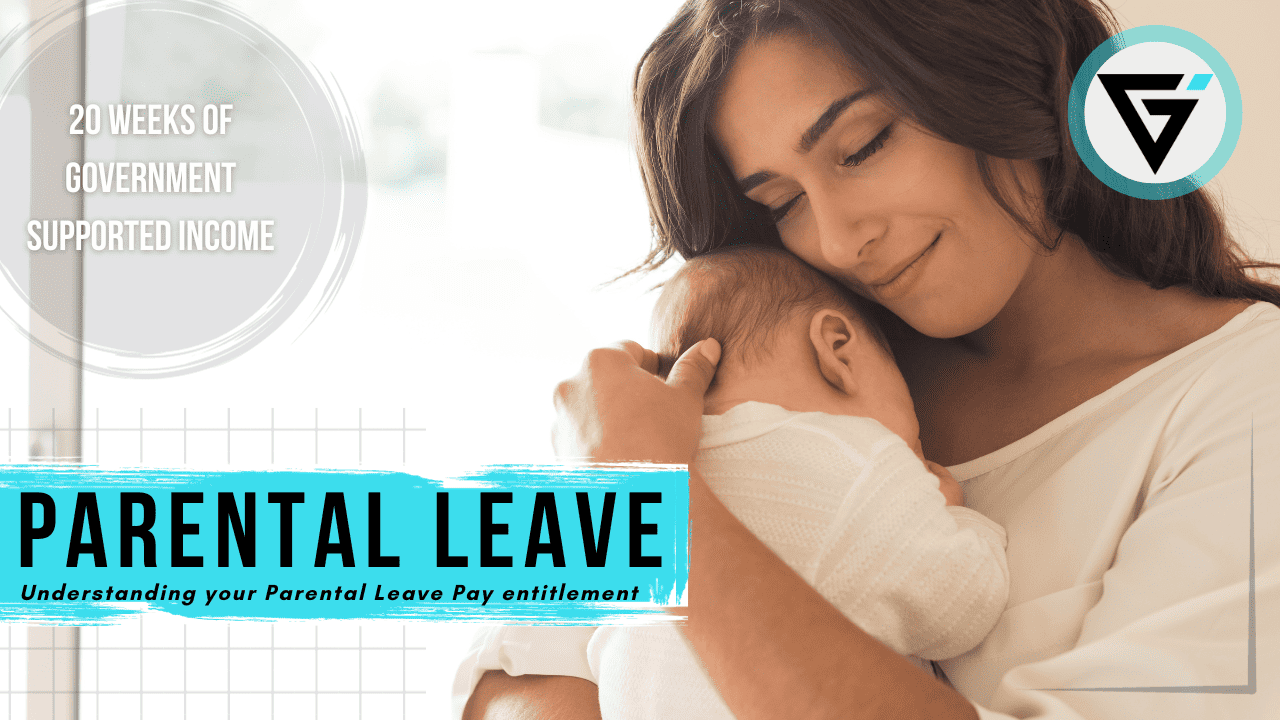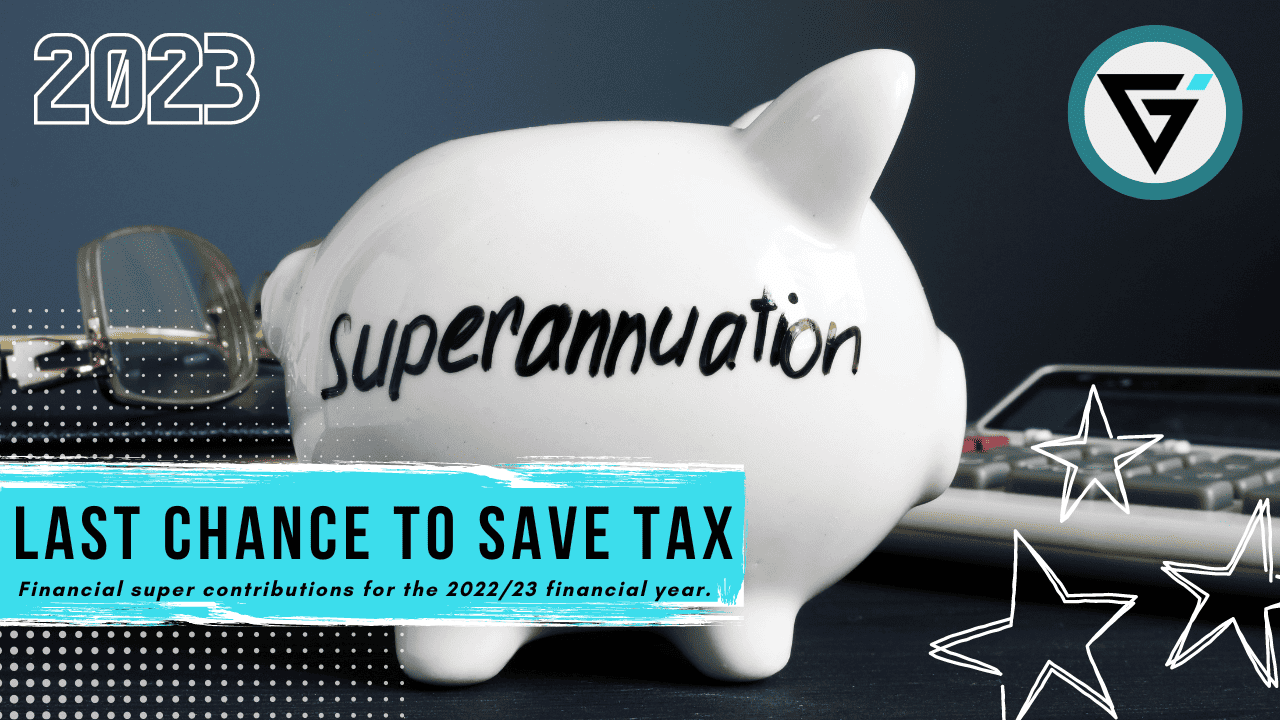This is a follow on from my ‘Beginner’s guide to bond investing’ so if you are new to bonds, and don’t really understand what a bond is or how they work, then I would suggest reading that blog first. In that blog you will learn important terms about bonds including coupon rate, par value, secondary market and running yield which, you need to understand for this intermediate guide.
Today I want to delve a little deeper into bond investing. We are going to look at some of the key considerations I make before buying any bond exposure so let’s kick things off with the yield to maturity.
Yield to maturity
Previously we discussed the difference between the coupon rate and the running yield but there is a third yield figure which is also important – the yield to maturity (YTM).
As we already know, the market value of a bond can fluctuate above or below it’s par value dependent on the market conditions. The YTM takes into account this fluctuation.
The YTM represents the total anticipated return on a bond if it is held to maturity. This factors in all anticipated future coupon payments and the market value of the bond.
So if your bond is trading below its par value, your YTM is going to be higher. There will be some capital appreciation to enjoy when the bond is paid out at its par value. Conversely, if your bond is trading above it’s par value, the YTM will be lower, as the market value of the bond will drop as it gets closer to its maturity date.
YTM is a great calculation to consider when buying bonds on the secondary market as it gives a better idea of the internal rate of return of the investment. If you always just rely on the running yield, you will not be considering the change in capital value of the bond.
However, YTM isn’t perfect. The YTM assumes that the bond is held until maturity, which is often not the case, and it assumes that all investment earnings are reinvested at the same rate. None the less, it is still a very helpful calculation to consider when determining if a particular bond purchase is appropriate.
Fixed vs floating rate bonds
For me, this is a big consideration to make before purchasing any bond exposure.
As we already know, the coupon rate of a bond is quoted as a percentage of the par value of the bond. There is another element of that coupon rate that you need to consider and that is whether it is a fixed or floating rate.
A fixed rate bond has a set coupon rate for the entire term of the bond. Put differently, it will pay the exact same coupon amount in dollar terms until the bond hits its maturity date. On the other hand, a floating rate bond (also known as a variable rate bond) has its coupon change depending on fluctuation in an underlying benchmark interest rate.
The reason why it is important to consider whether a bond has a fixed or a floating rate is because a change in interest rates will impact the bond’s coupon and market value differently. Let me give you an example to explain better.
Two $100 bonds are issued at the exact same time, both have a 5-year maturity and both have an initial coupon rate of 4%. The only difference between these two bonds is that one is a fixed rate bond and the other is a floating rate bond.
The floating rate bond has it’s coupon rate pegged to the 90-day bank bill swap rate (BBSW). If we assume that the 90-day BBSW is 0.5% (it is currently lower than this) then that means that the floating bond gives you a fixed margin of 3.5% above the 90-day BBSW.
As time passes, if there is no change in the 90-day BBSW then both bonds will continue paying you the same 4% coupon rate. The difference comes when there is a change in interest rates which would in-turn impact the BBSW.
If interest rates rise, and the BBSW rose to 0.7% (example only), the fixed rate bond would continue paying you a coupon rate of 4%. The floating rate bond on the other hand would adjust its coupon rate to 4.2% (0.7% BBSW + 3.5%).
If interest rates fell, and the BBSW dropped to 0.3% (example only), the fixed rate bond would continue paying you a coupon rate of 4%. The floating rate bond on the other hand would adjust its coupon rate to 3.8% (0.3% BBSW + 3.5%).
The takeaway from this is that, if you expect interest rates to rise then you want to be holding floating rate bonds. If you expect interest rates to fall, then you want to be holding fixed rate bonds. As we are currently in a very low interest rate environment, I am currently holding primarily floating rate bonds.
This also ties into movements of bond prices on the secondary market. The market price of a fixed rate bond will tend to vary more than that of a floating rate bond as the coupon rate doesn’t reflect changes in interest rate. However, there will still be some movement in the market value of a floating rate bond.
If interest rates fall then you can expect that the market value of a floating rate bond will drop which would in-turn increase the running yield to account for the drop in the coupon rate. The value of a fixed rate bond would likely rise which would lower it’s running yield. The opposite would happen if interest rates rose.
Eventually, in a perfect market, two bonds with exact same maturity dates, would have the same running yield. The difference is that one would be holding a capital gain above its par value and the other would be holding a capital loss below its par value.
So again, if you expect interest rates to rise you should be holding floating rate bonds. If you expect interest rates to fall you should be holding fixed rate bonds.
Duration
If you have looked into bond investing before you have probably heard the term duration. Duration is simply the time until the bond reaches it’s maturity date.
As we have already seen, interest rates can play a significant role in how bonds behave in the secondary market. Similarly, inflation and economic conditions can also impact the behavior of bonds.
With a longer duration, there are more unknowns. It is easier to predict what is going to happen in the next 1 year than it is in the next 10 so naturally the longer the duration of a bond, the higher the risk. As an investor, you want a better return on your investment to carry that risk.
That is why, in general, the longer duration bonds tend to have a higher yield than shorter duration bonds. If they don’t, then that’s when we get an inverted yield curve which historically has been a precursor to a stock market crash. If I do an advanced guide to bond investing I will discuss more about the yield curve then.
So when would you buy a long duration bond? Well, if you expect interest rates to fall then you might consider a long duration bond. By buying a long duration bond you lock in a coupon rate for an extended period of time. If you are right, and interest rates fall, then your higher coupon rate is going to mean that your bond is worth more in comparison to new bonds issued at a lower rate.
It is important however to note that floating rate bonds are less sensitive to duration. As floating rate bonds will adjust their coupon rate to match changes in the interest rates, the interest rate risk over a longer period of time is removed to a certain extent.
At the moment, I am opting for short-duration bonds. I believe in the current market there is more chance that interest rates will increase over the next 10 years than drop further so I don’t want to be locking in my coupon rate at this time. If I am right, and interest rates increase, then I will be able to buy better coupon rates in the future and my short duration bonds wouldn’t have been sold down heavily in the secondary market as they are close to maturing at their par value.
Final thoughts
So in summary, if you expect future interest rates to rise then you want to opt for floating rate bonds and/or short duration fixed rate bonds. If you expect future interest rates to fall, then you will opt for fixed rate bonds with a long duration.
In the current climate I am opting for primarily floating rate bonds and short duration fixed rate bonds. If interest rates start rising, and my economic outlook changes, I will adjust my bond exposure accordingly.
If this is all too complex for you then I would suggest finding yourself a good fixed income fund with a manager that you trust. It is their job to worry about the best type of bond to buy in the portfolio, given the expected outlook, and they will adjust exposures as circumstances change.
Fixed income is one of those spaces that I often prefer active management over passive management for this reason. Also, many bonds are traded over-the-counter (OTC) which can be very difficult for retail investors to access but you get exposure to via a fund. There are plenty of active fixed income products you can trade on the ASX so, as the investor, it is your primary role to understand the management strategy of the fund.










